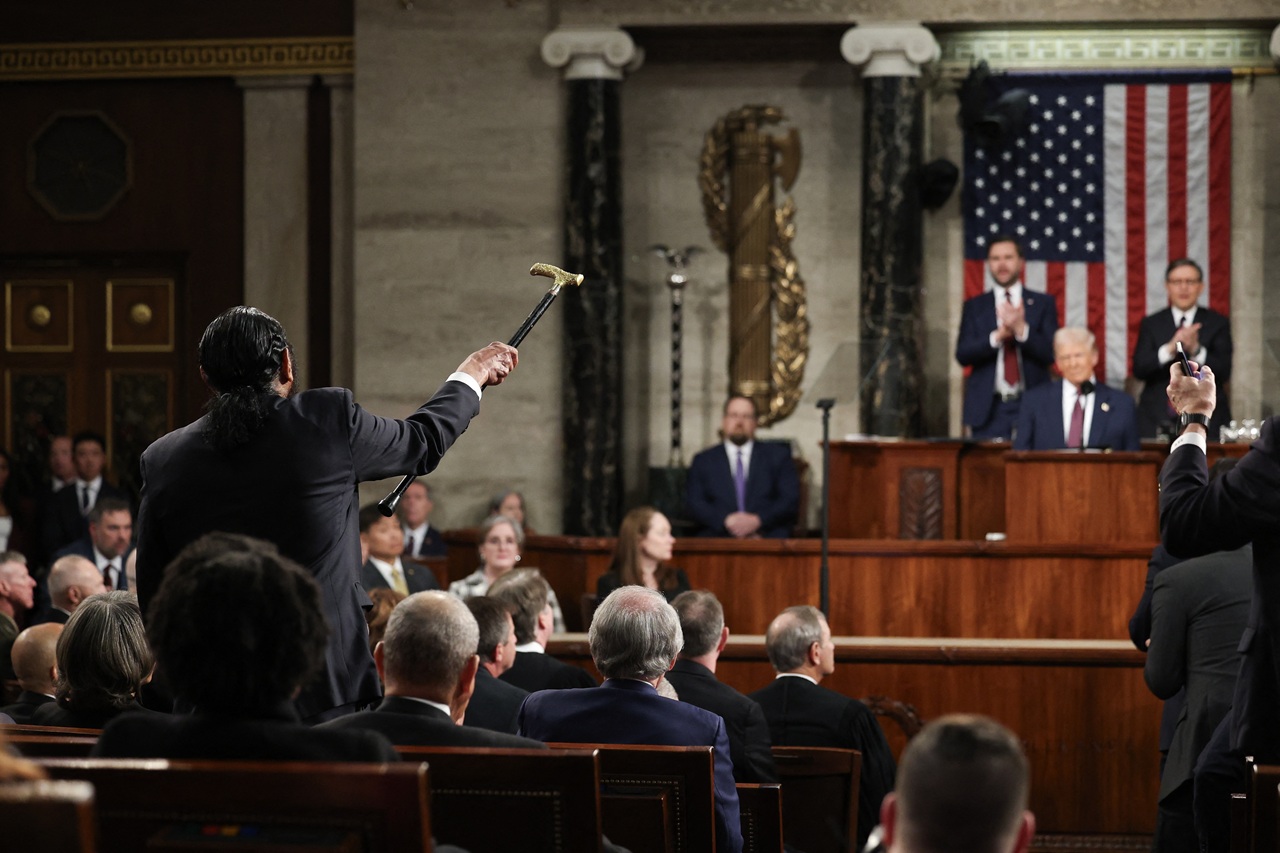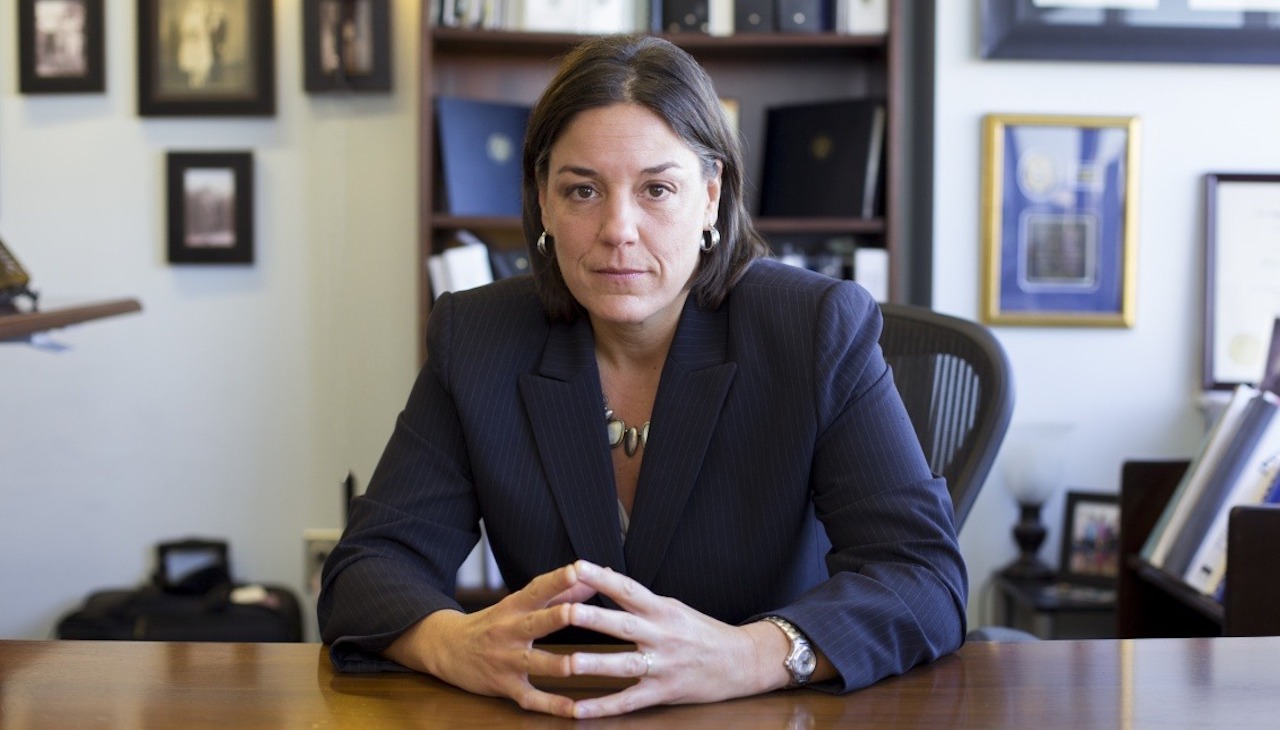
Juvenile Law Center joins TikTok
The local nonprofit public interest law firm advocating for children has brought its mission to the popular social media platform.
Last week, the Juvenile Law Center joined TikTok. Juvenile Law Center is a non-profit law firm that advocates for the rights, dignity, equity, and opportunity of youth by reducing the harm done by the child welfare and justice systems.
Their vision is “an anti-racist world that treats children like children and allows them to thrive in their families and communities.”
So far, the organization has uploaded10 videos, with most introducing members of the staff.
In her introduction video, Sue Mangold, Esq. the organization’s CEO, talks about first getting involved with the non-profit as a fellow fresh out of law school then as a staff attorney. She worked as a law professor before coming back as director 7 years ago. She originally went to law school to become a children’s rights attorney.
Other introduction videos are for two of the youth advocates, Aqilah David and Duname Price, Nadia Mozaffar, Esq. the Senior Attorney, and Marcus Jarvis, the Outreach and Communications Associate for Juvenile Law Center.
RELATED CONTENT
Their most recent video is part 3 in a series entitled “Sue dives into federal policies that aggravated racial disparities in US foster care.” In the three videos, she discusses how the flow of funding in the 1960s created the foster care system we have today by creating an incentive for putting the children of poorer families into the system.
It starts with the Flemming Rule. In the 1960s Health, Education, and Welfare (HEW), now Health and Human Services (HHS), was headed by Arthur Flemming who is responsible for the Flemming Rule. The Flemming Rule is an executive order that said that children from “unsuitable homes” either need to be supported in the home with remedial services or removed from the home. Either option could use up to the same amount of money that would be used in public assistance. This was in response to Louisiana taking thousands of mostly Black families off of the public assistance roles then declaring these households to be “unsuitable homes” since the families were now destitute.
In 1980, the Adoption Assistance and Child Welfare Act passed and created a new section of the Social Security Act Title 4E. As Mangold explains in the first video in the series, the law gave unlimited funding to foster care and capped funding to preventive service. Since this was based on public assistance, it gave an incentive to put kids whose family qualified for public assistance in foster care.
“In terms of how did foster care get to be as big as it is, tied to public assistance eligibility and [with] such wild disparities for poor, and especially children of color. It’s all built into the way the funding flows,” explains Mangold.
These most recent videos appear to display one way the non-profit plans to use the new platform to spread information and their message.










LEAVE A COMMENT: